Emerson, a global automation solution supplier, is known for its solutions that help tyre manufacturers to have efficiency, safety and precise operations in five production areas- mixing equipment, wire and fabric calendars, extruders, tyre building machines, curing presses and finishing process.

Currently, the company is focusing more on solutions for the tyre curing process, which consumes the greatest amount of energy during the tyre production. If tyre curing process does not work correctly, it could also lead to tyre scrap and even breakdown.
“Today, we are focusing on increasing our value as a solution provider to monitor the health and performance of the curing system. Within the curing process, we are not just supplying valves or components, but we also deliver the controller, pneumatic valves and sensors that monitor each step of the process,” said Chris Bart, Director Business Development Automotive & Tire at Emerson Automation Solutions.
According to Bart, the challenge in the tyre curing process is to have precise control on temperature and pressure. With Emerson’s technologies, tyre manufacturers can maximise output and reduce energy and costs through better diagnostics, sensing and monitoring.
“The main challenge is the management of steam and nitrogen used to heat the mould and bladder pressure. So, any small deviation in the inputs can have severe negative effects on the quality of the products and overall productivity of the production line or the plant,” explained Bart.
In the tyre curing process, Emerson’s pressure-operated valves work in demanding steam applications and provide reliable and precise control, enabling rapid cycling and tight shut-off to ensure the curing press operates correctly and efficiently.
“Emerson’s valves system controls the movement of the steam and nitrogen into the process. Our valves are critical to supply steam and nitrogen in the proper time with proper temperature and pressure and make sure that there is no leakage during the cycle or between cycles,” explained Bart.
Digitisation helps Emerson’s steam valves to monitor the travelling time of the steam valve and detect anomalies, which ultimately assist in a predictive maintenance programme. “If any deviation happens, the system alerts the maintenance team, and downtime could be avoided,” said Bart.
Traditionally tyre manufacturing companies put a temperature gauge and a pressure gauge to monitor temperature and pressure in the piping system. “Earlier, it was tough to point out the reason for the deviation in temperature and pressure. We have developed our products that control the steam and nitrogen and also included the sensors that tell the exact position of the valves. So, we can also monitor the leakage of nitrogen, steam and the air we use in operation. It also monitors the air pressure that opens and closes the steam valves. We can monitor the total consumption of the compressed air as well,” said Bart.
“Today’s typical approach to see the only results, but with our system, we are giving is infinite detailed inside the system. This gives customers actionable insights to improve their tyre curing process.”
Emerson, not only provides the solution in the curing but also extends its offering to other components in the system. Historically the steam traps used to be checked manually.

If not work correctly, either a large amount of steam can escape or damage the valves and pipework. Emerson offers wireless acoustic transmitters that monitor steam trap health and detect failures in real-time. “The steam trap monitoring system is one of our biggest innovations in energy-saving efforts. With this, we can avoid damage or loss of steam and improve energy efficiency,” said Bart.
As part of its product development, Emerson regularly visits tyre companies to understand the pain point in the production processes. “Looking at their process and our expertise with the components as a solution supplier, we always look into further potential scope in monitoring, measuring and reporting in the tyre production,” said Bart.

For the mixing process, Emerson offers flow control and pneumatic directional control devices, such as pressure operated valves that optimise the mixing process. At a manufacturing production plant, the mixing is a crucial stage that decides the quality of tyres. All ingredients have to be mixed with accurate weight and in a controlled sequence. Emerson valves keep the weighing and hopper systems running efficiently and reliably while ensuring batch quality.
Emerson, for Fabric/wire calendars and extruder, provides products that increase reliability and material guidance precision of bead wiring and rubber coating, improves pneumatic system performance to avoid premature valve failures and reduces commissioning time through onsite/pre-set tuning. The overall company solution can significantly increase the lifespan of valves by purifying compressed air and regulating pressure and improve safety conditions for your workers by locking systems down during maintenance.

Repeatable, high precision pneumatic directional control ensures the production meets the highest quality specifications every time. Using Emerson’s modular and compact valve manifolds tyre manufacturing companies can achieve greater application flexibility, reduce costs, simplify commissioning, maximise the availability of tyre building machinery and achieve higher throughput targets. Increased visibility into the health of valves also lowers maintenance costs, says the company.
In the finishing process, Emerson’s products ensure precise and reliable motion control and positional accuracy. By offering higher repeatability and reliability, these devices reduce machinery downtime and maximise throughput. Emerson’s ISO and NFPA-conforming actuators and linear-guided cylinders are extremely durable, providing greater test equipment machinery reliability and extended lifespans.
According to Bart, the growing complexity in each process of tyre manufacturing is a challenge. “Complexity in mixing, calendering, tyre building, curing and in the finished products is growing, and it is demanding more control on each process. The evolution of the tyre manufacturing processes requires more insights and integration of process information. This enables continuous quality improvements and energy savings.,” said Bart.
Fornnax Inaugurates 12-Acre Global Hub For Recycling Innovation
- By TT News
- November 27, 2025
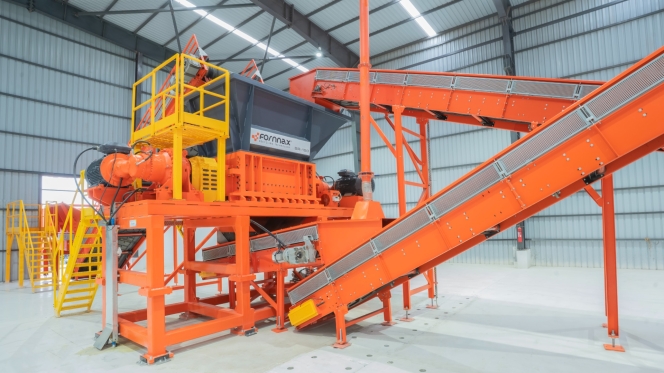
Fornnax has officially launched one of the world's largest integrated hubs for recycling innovation: a New Product Development centre and demo plant spanning over 12 acres. This facility is a critical milestone in the company's strategic vision to become a global leader in recycling solutions by 2030. It is designed to accelerate the advancement of recycling technology through a comprehensive, customer-focused approach.
The centre’s core function is its New Product Development framework, which is built upon a meticulous Gate Review Process. This system ensures precision from conception to completion. The journey begins with market research and ideation from the Sales and Marketing team, followed by a strategic review by the Leadership Team. The Design Team then creates detailed plans that are evaluated by Manufacturing, Service and Safety teams. After final approval, a functional prototype is built and subjected to a rigorous six to eight-month validation phase. The process concludes with design optimisation for mass production, officially launching the equipment for the global market. This method not just upgrades Fornnax's shredders and granulators – enhancing their capacity, energy efficiency and operational availability to 18–20 hours per day – but also validates the equipment for up to 3,000–15,000 hours under real-world conditions

A key feature of the facility is its open-door policy for clients. Customers can bring their specific materials to the demo plant to test equipment performance across various machines and conditions, providing a risk-free environment for informed investment decisions. The centre will also drive research into emerging recycling applications, such as E-waste, cables and lithium-ion batteries, where specialised engineering teams will conduct feasibility studies to design tailored solutions.
Beyond technology, the facility includes an OEM training centre dedicated to developing a skilled workforce. The programme trains operators and maintenance engineers, who gain hands-on experience before being deployed to support Fornnax's customer base. The company will also deliver comprehensive corporate training to domestic and international clients, empowering them with the expertise for optimal plant operation and maintenance. By uniting R&D, testing and training under one roof, Fornnax is establishing a powerful foundation to scale its offerings and lead the next generation of recycling technology.
Jignesh Kundariya, Director and CEO, Fornnax, said, "Innovation in product development is the key to success of becoming a global leader. With this new facility, we now have the speed, flexibility and controlled environment to design, test and validate new technologies in just six to eight months, something that would take significantly 4–5 years at a customer site. Each machine will undergo validation according to global standards, with every critical part and assembly rigorously tested under Engineering Build (EB) and Manufacturing Build (MB) protocols. Our goal is to empower customers with clarity and confidence before they invest. This facility allows them to test their own materials under real-world conditions, compare machines and see results firsthand. It’s not just about selling equipment; it’s about building trust through transparency and delivering solutions that truly work for their unique needs.”
Smithers to Expand Rolling-Resistance Testing Capabilities in China
- By TT News
- November 21, 2025
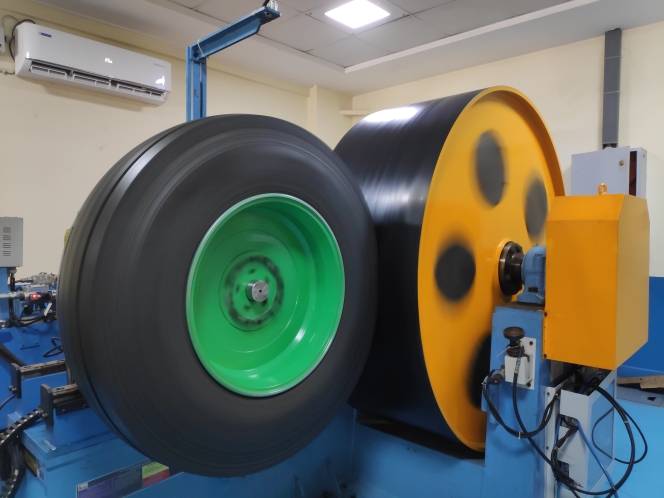
Smithers, the US-based testing and consulting group, is expanding its tyre testing operations in China with three new capabilities designed to better replicate real-world driving conditions. The investment will enhance the company’s rolling-resistance testing at its Suzhou tyre and wheel centre, strengthening its offering to global carmakers and tyre manufacturers.
The new features focus on factors that can influence vehicle energy loss, range, and overall efficiency—a growing concern as regulators tighten standards and EV makers push for longer driving range.
One new capability will allow rolling-resistance testing to be carried out with variations in slip and camber angles for passenger car and light truck tyres. Standard tests are performed at zero degrees, but even small changes in wheel alignment or body movement during real driving can affect energy consumption. The enhanced system lets customers study these effects and refine tyre designs accordingly.
Smithers is also adding high- and low-temperature rolling-resistance testing for truck and bus tyres, an extension of the temperature-controlled testing it introduced for passenger tyres in 2022. The company said demand has risen as manufacturers look to understand how cold weather affects range—a key issue for electric commercial vehicles.
A third new service will allow tyres to be tested together with chassis components such as half-shafts and brake discs. This gives OEMs independent data on how these parts contribute to overall resistance, helping them to identify where energy is being lost and to fine-tune vehicle efficiency.
All three capabilities are expected to be online by 1 December 2025.
“Smithers is seeing increased demand on a global scale for testing of tires and vehicles that more closely mimics real-world conditions,” said Derek Read, Vice President of Asia Pacific / Global Development, Materials Science and Engineering, Smithers. “These new capabilities are strategic investments into the refined, scenario-based testing our clients require to improve both tire and tire-chassis-vehicle system performance.”
Autonomous Robots Transform Continental Retreading Operations
- By TT News
- November 19, 2025
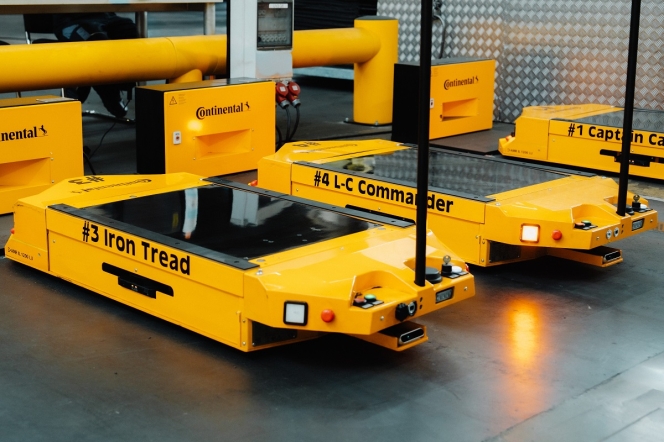
Continental's Hannover-Stöcken plant is pioneering a new era in sustainable manufacturing by seamlessly integrating advanced robotics into its core operations. Since their deployment in March 2025, a team of seven autonomous mobile robots (AMRs) has become the central nervous system for material transport, fundamentally reshaping the workflow for retreading truck and bus tyres.
This shift to automation has profoundly changed the human role on the production floor. Employees, once tasked with the physically strenuous job of manually moving heavy tyres using cranes and trolleys, are now focused on more cognitively demanding responsibilities. Their expertise is directed towards machine setup, process oversight and meticulous quality control, making their work more ergonomic and skilled.
The AMRs operate with sophisticated independence, navigating the production hall using a fusion of sensors, 360-degree cameras and AI-driven software. They efficiently ferry ‘green’ tyres between critical stages: from the building machine, where fresh rubber is applied, to the curing presses for vulcanisation and finally towards inspection. This automated coordination is digitally linked to the plant's order system, allowing for dynamic routing to optimise workflow and manage capacity.
This initiative is a cornerstone of Continental's global strategy to modernize tyre production through digitalisation and smart automation. The success in Hannover has already inspired the rollout of similar robotic solutions across the company's international network, from North America to Asia. The move aligns perfectly with the plant's sustainable mission, which is the ContiLifeCycle process itself. This process breathes new life into used tyre casings by carefully inspecting them, applying new tread rubber and vulcanising them to create a product that performs like new. The environmental benefit is substantial, as up to 70 percent of the original tyre's material is reused, significantly conserving resources.
The human element was crucial to the project's success. Continental ensured widespread employee acceptance through comprehensive training and even involved the workforce in christening the robots with creative names. This thoughtful approach has cemented the AMRs not as mere machines but as valued teammates in a shared mission to make tyre production more efficient, sustainable and future-ready.
Felix Hantelmann, head of the ContiLifeCycle plant, said, “Self-driving robots have been supporting our production workflow for six months now. They handle simple, repetitive transport tasks such as moving a tyre from one point to another. The robots are directly connected to our digital order system, so they know exactly where to go and how to coordinate with each other to get there. They are a valuable addition to our daily operations and help create a safe, efficient and ergonomically optimised production environment.”
Continental Deploys Vacuum Tech For Real-Time Tyre Wear Particle Analysis
- By TT News
- November 18, 2025
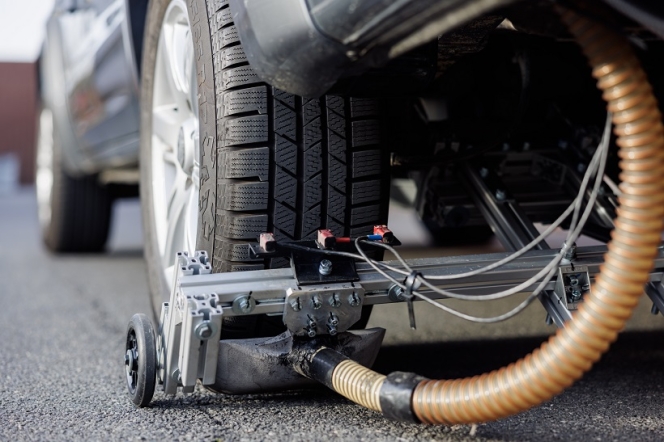
Continental's leadership in reducing tyre wear is fundamentally driven by its pioneering research into how particles are generated. A pivotal element of this strategy is the recently concluded OLRAP project, a collaboration with the Technical University of Braunschweig that broke new ground in real-world particle analysis. The research team engineered a complex experimental vehicle, outfitting it with a custom vacuum system and sensitive particle sensors. This innovative setup enabled the real-time collection and analysis of airborne particles directly at their source – the rolling tyre – under actual driving conditions. The resulting data, which for the first time correlates specific driving dynamics like aggressive acceleration and hard cornering with particle emissions, provides an unprecedented understanding of wear patterns.
This deep, data-driven insight is what directly fuels Continental's product development. By knowing precisely how and when wear occurs, engineers can make targeted optimisations to tread patterns and rubber compounds. The objective is to systematically design tyres that shed less material, thereby directly reducing their environmental footprint from abrasion. This development process rigorously maintains the critical safety and performance standards that drivers demand.
The tangible success of this research-to-development pipeline is confirmed by independent analysis, which shows Continental tyres abrade 11 percent less material than the competitor average. Furthermore, this proactive research and development strategically prepares the company for upcoming regulations like the Euro 7 standard, which will impose limits on tyre wear emissions. Beyond its own laboratories, Continental extends this commitment through cross-industry efforts, co-chairing the Tire Industry Project and contributing to public initiatives aimed at capturing tyre particles from road runoff. Through this integrated approach, Continental is leveraging fundamental scientific discovery to create more sustainable mobility solutions.


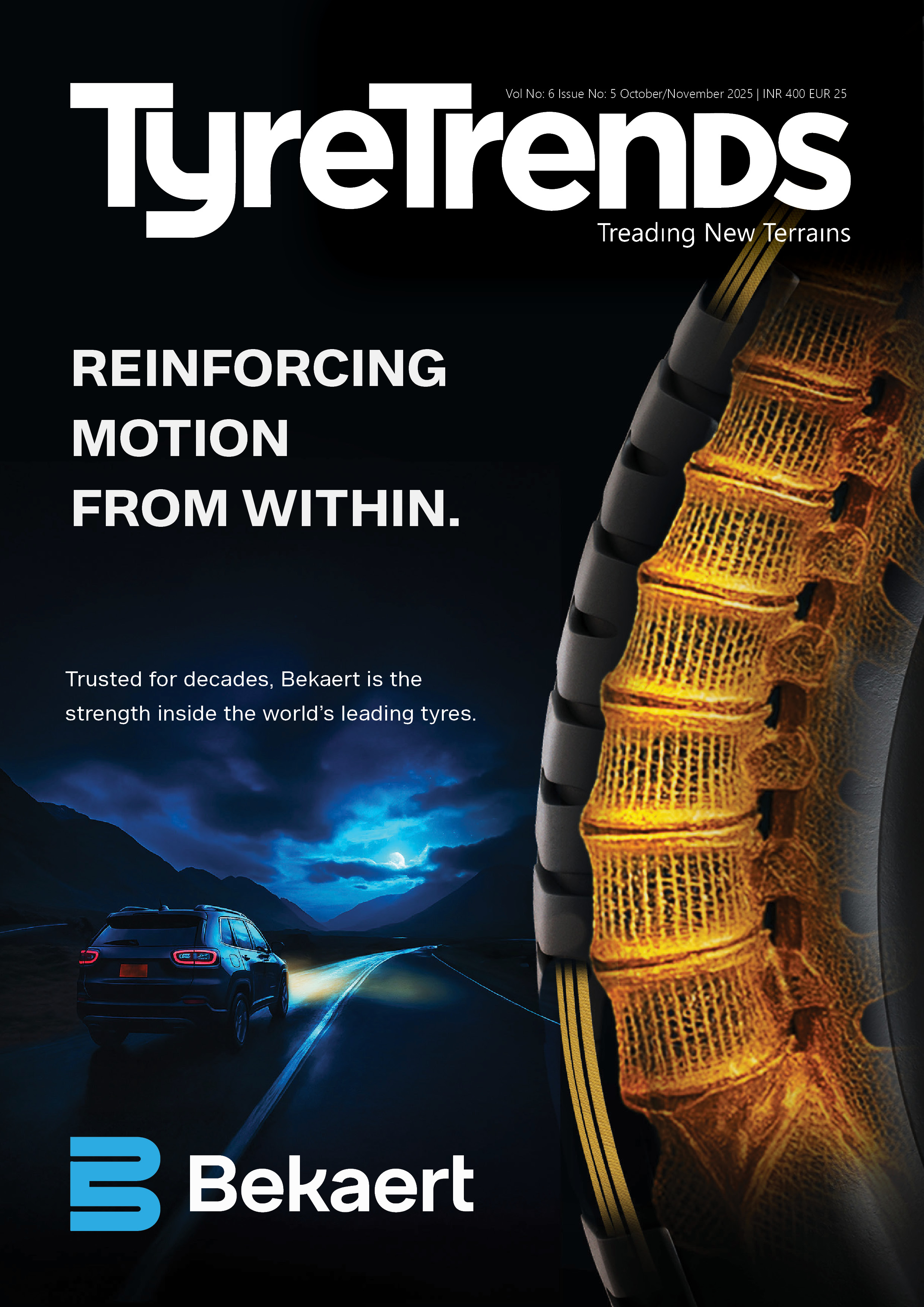

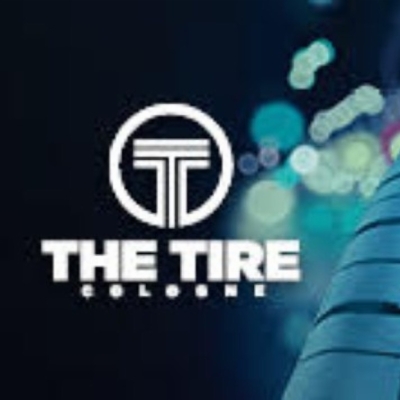
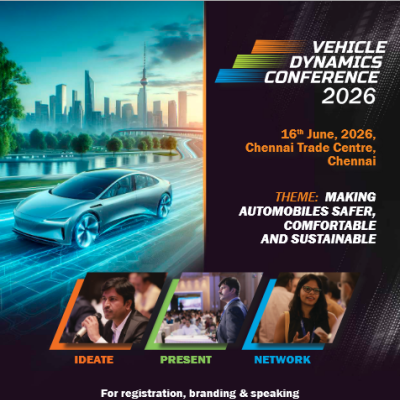

Comments (0)
ADD COMMENT